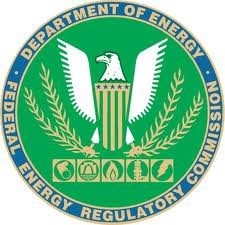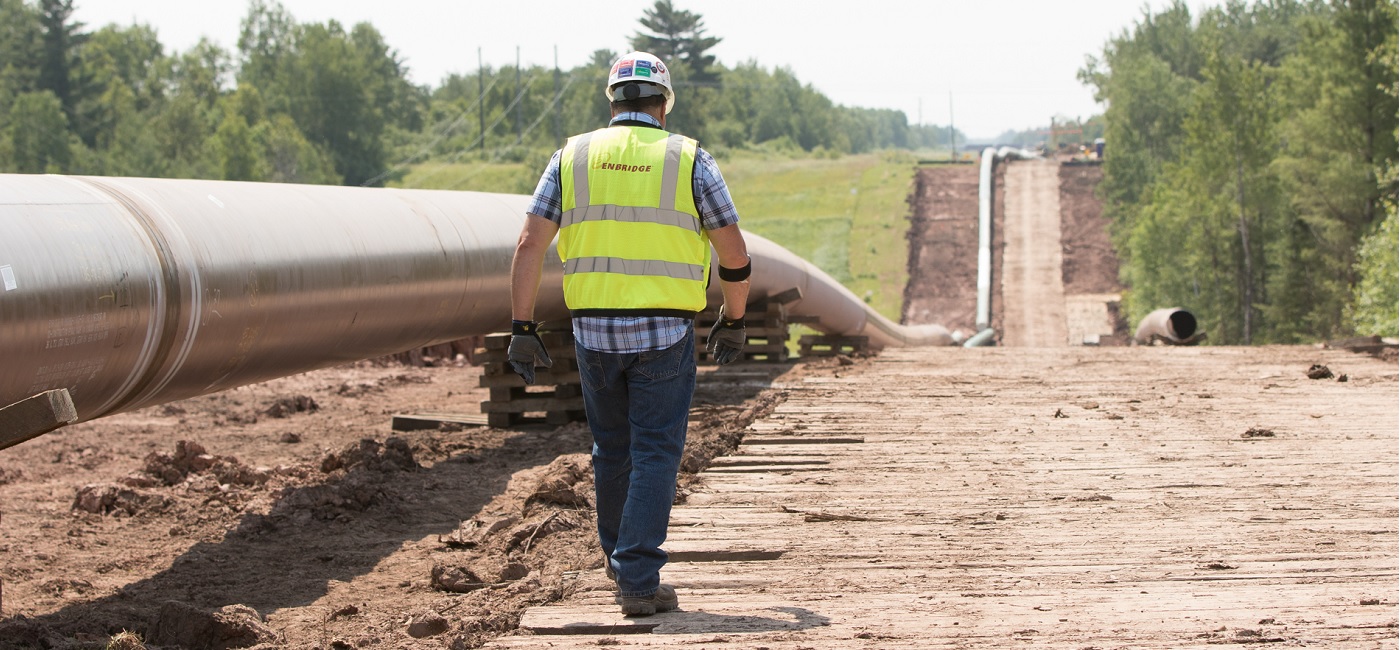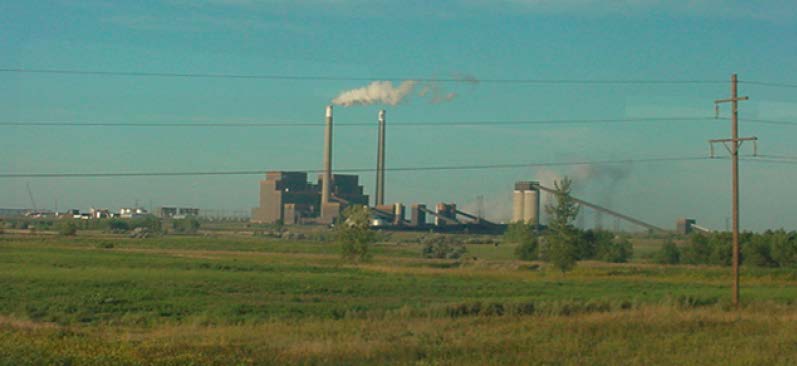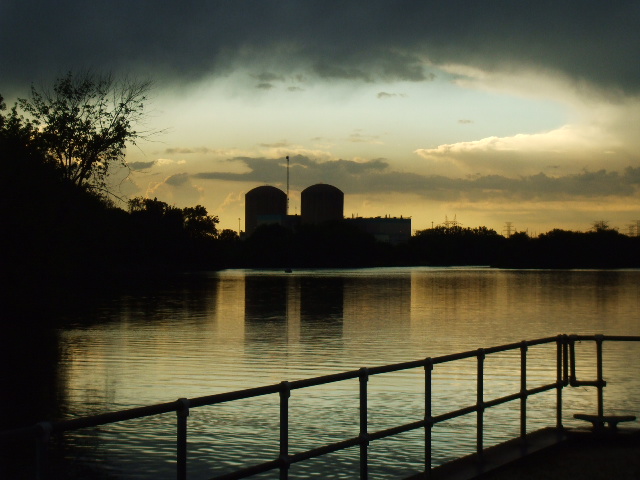NIETC Transmission Corridors… AGAIN? MORE?
May 12th, 2023

Here we go again. The DOE has announced another round of National Interest Electric Transmission Corridors and maybe coming to your community!
The most important info isn’t published yet, but once it is, and we know all the details:
The Notice of Intent and Request for Information: Designation of National Interest Electric
Transmission Corridors will be published May 15, 2023, at that time, the blanks will be filled in:
Overland intervenes in NSP/Xcel Rate Case
December 24th, 2021

A little holiday gift for my good friends at NSP/Xcel Energy:
The issues I’m concerned about, at this point, are primarily transmission related:
This should be intense, guaranteed, but fun, eh?
FERC review of pipeline procedure
July 4th, 2018

COMMENT PERIOD HAS BEEN EXTENDED – SEE BELOW!
I’ve been hearing a lot of comments about an Inspector General report, in the last few days,for example:
Oh so true!! That’s how it is in all infrastructure proceedings I’ve been involved with and observed. And as I sit here with a terrified doggy coping with a storm and fireworks, I’ve got time to look into it. She’s watching the storm come in from the west, have the office screen door open, oh, she’s a freakin’. Not drooling, that’s a start, Xanax might be doing something, but not much…

Anyway, a gas pipeline group I’m in was posting articles about this, and so I started with the post, no link… read the article, with many links, but no link to the Inspector General report, so followed the links, still no report. OK, fine, it’s GOOGLE TIME!
The bottom line? There is an Office of Inspector General Audit, a NRDC commissioned report, AND FERC published notice of a comment period, NOTICE OF A COMMENT PERIOD 4/25/2018 AND A COMMENT PERIOD THAT ENDED 6/25. BUT IT’S BEEN EXTENDED!
Here’s the Notice in the Federal Register, April 25, 2018:
Here’s the notice of extension of the comment period:
DATES: Comments are due July 25, 2018.
WHO READS THE FEDERAL REGISTER?
ANYWAY, COMMENT – WE’VE GOT THREE WEEKS!
What did the FERC Office of Inspector General have to say? In summary:
Should FERC develop more prescriptive standards for reviewing applications for new pipelines, in light of the increasingly uncertain forecasts of the need for incremental pipeline capacity?
Do changes underway in both the gas and electric industries – and the increasingly strong interrelationship between them – warrant a more integrated assessment of sectoral demand and electricity market forces in assessing natural gas pipeline need in Section 7 proceedings?
Should FERC require regional planning regarding gas transportation resources similar to the regional planning requirement imposed on electric transmission owners?
Should FERC apply a higher threshold standard and greater scrutiny with respect to demonstration of need, market demand, and public benefit where an affiliate (e.g., gas LDC, electric utility, and/or independent power producer) is involved in the proposed project?
Should determination of need for a proposed pipeline project be the threshold determination (instead of the current threshold determination, which is whether the project could proceed without subsidies from existing customers)?
Should FERC’s balancing of benefits against adverse impacts be expanded to include noneconomic factors (e.g., should environmental impacts be among the adverse impacts FERC considers while applying the balancing test)?
Should FERC give deference to state regulatory approvals (e.g., of contracts between pipeline companies and affiliated shippers, including either local distribution companies or power plants) only when such approvals involve a regulatory review of whether such contracts represent the least-cost method of serving such demand, taking into account other strategies (e.g., energy efficiency in the case of an LDC contract, or dual-fuel capability at the power plant, or application of technologies to increase throughput on existing pipeline capacity)?
Should FERC require a demonstration of need and public benefit based on a showing that non-pipeline alternatives have been considered as options to meet the demand of shippers (e.g., an integrated gas/electric resource plan or an integrated gas/electric reliability study, energy efficiency programs in the case of an LDC contract, dual-fuel capability at a power plant, or adoption and application of technologies to increase throughput on existing pipeline capacity)?
Should FERC impose a greater burden to show that a pipeline is needed when it is proposed to gain market share rather than to meet new market demand?
How should FERC’s policy take into account the views of a variety of interested constituencies (including competitors, customers, landowners, local communities, and others affected directly and indirectly by the pipeline and by the impacts of gas combustion), many of whom may have limited access to resources to participate as full parties in specific pipeline-review cases?
How should FERC weigh the relative distribution of benefits and burdens across those interested and affected constituencies?
How should FERC take into account the potential for stranded costs of new pipeline capacity that is later determined to be no longer needed in light of changes in the nation’s current and future energy mix?
Should FERC consider new ways for pipeline applicants to internalize the long-term monetary and non-monetary risks associated with near-term capacity investment decisions?
There was also a NRDC report, done by Susan Tierney:
This report was more concerned about broader issues, such as OVERBUILDING, as happened in electric transmission:
And listing factors that should be considered in updating FERC procedures:
Key Factors Warranting a Refresh of FERC’s 1999 Policy Statement:
Significant industry changes led to adoption of the 1999 Policy Statement, but rapid industry changes and trends since then call into question the policy’s continued appropriateness.
A new, generic proceeding is a better forum than individual case dockets for addressing implications of wide-ranging industry changes and trends.
The meaning and application of FERC goals have evolved over the decades.
The interaction of gas and electric industries suggests a need for integrated assessment of both markets.
Other factors originally highlighted in FERC’s 1999 Policy Statement remain important but warrant a reassessment in light of changes. Changes in the gas and electric industries and an increasingly active and oppositional context in which FERC’s pipeline certification cases occur indicate the need for review of factors FERC initially emphasized. These factors include:
the relevance and magnitude of pre-certification contractual commitments and/or precedent agreements;
the nature of relationships between pipeline developers and natural gas LDC, electric utility, and/or independent power producer affiliates;
the balancing of public benefits against adverse impacts in an era of debate over power system reliability implications and accelerating evidence of and concern over GHG emissions and climate-change risks resulting from current and future combustion of natural gas;
complications in assessing need and impacts across pipeline owners in an era of rapidly expanding changes and growth in production regions and consumption patterns; and
trade-offs across the interests of gas-consuming populations and those of communities impacted by gas infrastructure.
This is a good assessment of where we’re at. BUT, the many things raised by Tierney in NRDC’s report were not addressed in the FERC Office of Inspector General report. And yes, those things addressed by the Inspector General are also oh-so-relevant. So there’s a lot to do!
DATES: Comments are due June 25, 2018.
We have three weeks. Let’s get cracking!
Perspectives on the Line 3 pipeline decision
April 27th, 2018
 Fair use – from Enbridge’s Line 3 website
Fair use – from Enbridge’s Line 3 website
Looks like a lot of folks are angry with Judge O’Reilly’s Enbridge Line 3 decision.
Oh well… she had to make some decision and I think she did an excellent job of weighing all the factors, getting into the details in a very difficult case, and come up with a Recommendation that pisses everyone off! That’s something that takes a LOT of work and is very hard to do!
Here’s a post on it with an insightful/inciteful framing of the decision and what it means:
Pipeline “poison approvals”: a new trend?
In the press, people are getting wound up. From MPR:
Dayton: No ‘viable way’ to build new Line 3 pipeline on current route
From the MPR piece: The Leech Lake Band of Ojibwe has denounced the judge’s recommendation, calling it “a clear attack on sovereignty and Tribal communities.”
My take is that O’Reilly laid out the Leech Lake Band’s sovereignty and power and the lay of the land as it exists now — the easements are there now, allowing Enbridge to use the land until 2029. This recommendation sets the stage for the easement renegotiation in 2029, where the Band has power to say “NO!” and Enbridge is very afraid of that, facing either outright refusal or greatly increased easement payment as the obvious outcome. This Recommendation, and use of the existing easement gives Leech Lake greater leverage going forward, and might even move those easement negotiations up in time. If that renegotation is a decade in the future, Enbridge will also by then be operating in a very different world than exists right now, with decreased oil use and demand. O’Reilly also noted that if a new corridor were used with this, given state non-proliferation, Enbridge would logically seek to use that corridor for all its pipelines going forward.
Along this line (but note that LaDuke, Honor the Earth, is the one quoted, and there are no quotes from Leech Lake or Fond du Lac tribal officials, who should be the ones weighing in here):
Minnesota Pipeline Ruling Could strengthen Tribes’ Legal Case Against Enbridge Line 3
And more, this with quotes from tribal officials:
Major pushback against Line 3 recommendation
In a statement Tuesday, April 24, the Leech Lake Band of Ojibwe described the recommendation as “anti-sovereignty” and said that it “puts undue burden on the Leech Lake Band of Ojibwe to hold the risk of the pipeline replacement and to revoke the permit.”
“The judge has made this horrific recommendation without even holding a single ALJ hearing on the Leech Lake Reservation and gave a recommendation on a route that has not had the same level of environmental review,” wrote Ben Benoit, the band’s environmental director.
Once more with feeling — If you have comments, objections, there’s been a notice issued regarding submission of “Exceptions” which are due May 9, 2018:
20184-142282-01_Exceptions Notice
FERC Order nixes coal and nuclear subsidies
January 9th, 2018

Good try, DOE Secretary Perry, but you’re outta here! Yes, it’s true, a tRump stacked FERC said “NO!” to a proposed rule to subsidize coal and nuclear plants, generation with 90+ days of fuel on hand, outmoded generation plants that are oh-so-suffering while they try to compete in the wholesale “free market” and sinking south fast because costs of production are high and market prices are higher. I’m shocked, utterly shocked, and very pleasantly surprised!
What did Perry ask for? Here’s the Notice of Proposed Rulemaking:
Secretary Rick Perry’s Letter to the Federal Energy Regulatory Commission
Bottom line? Gotta snort, “Now that a quorum has been restored at the Commission, I am confident…” (click for larger version):

SOL!!!
That’s SNORT out loud… how’s that workin’ for ya, Secretary Perry?
What he thought was a slam dunk was a 5-0 rejection of preferential “out of market” treatment for certain generators. Nope, ain’t gonna happen.
Here’s the FERC Order, straight from the horse’s mouth. I’m most appreciative of the many articles and posts that include the primary document. It’s crucial to be able to read the FERC Order. This is REAL NEWS!
There are a lot of people railing and wailing about subsidies these days, but it’s very lopsided, and I’m not hearing the complaints about all the subsidies of coal and nuclear. If you want to complain about subsidies, slash them across the board. “Free market” right, the essence of capitalism, right?


